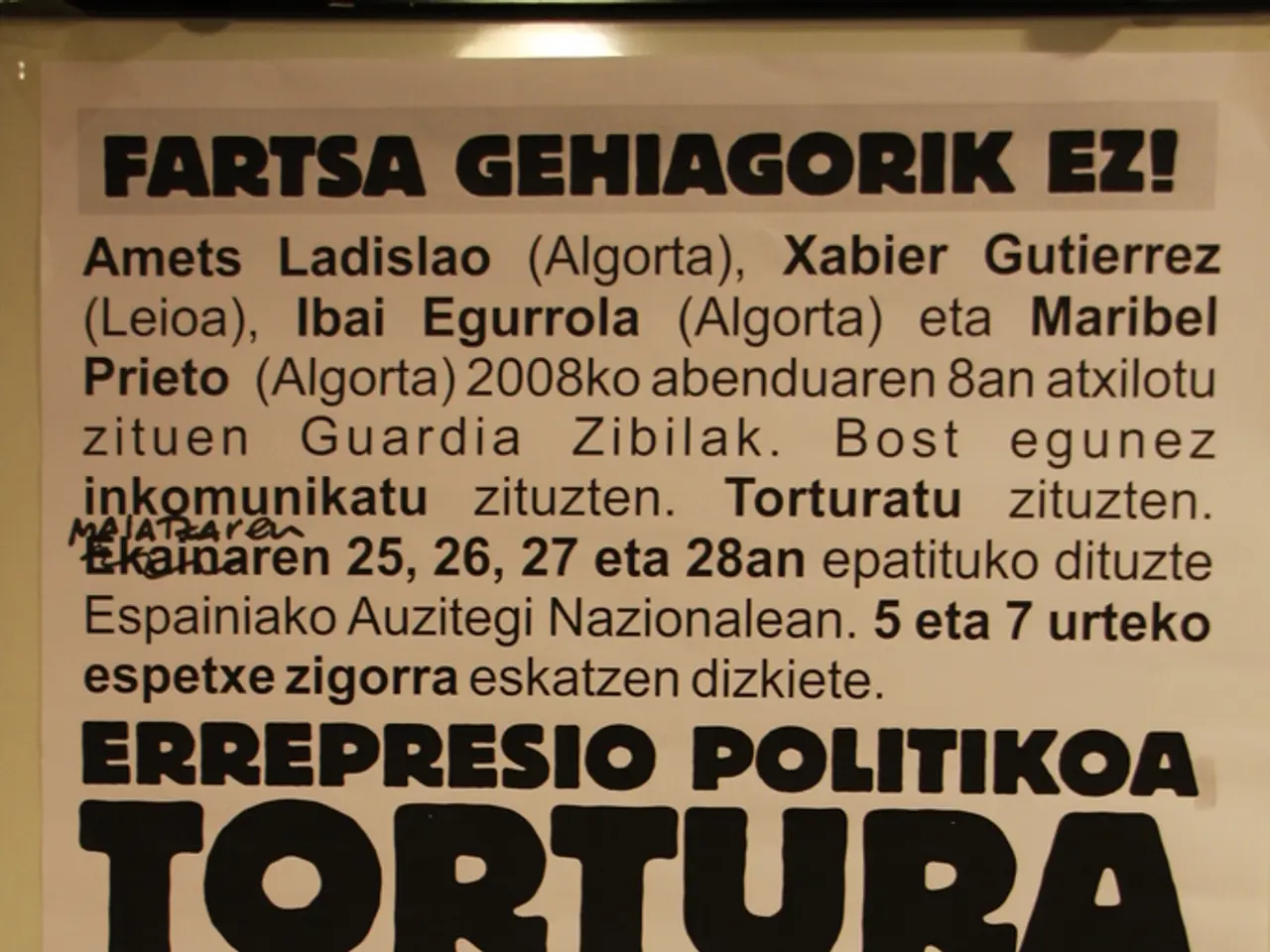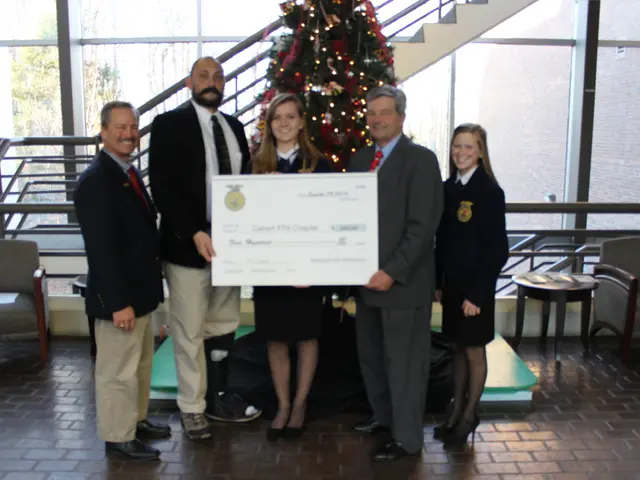European Immigrants in Idaho: Enigmatic Basque Community Settled in the American Frontier
Basques in Idaho: A Story of Resilience and Preservation
The Basques, or Euskaldunak, are an ancient people with roots dating back before the Roman Empire. Their homeland, Euskal Herria, straddles the border between Spain and France along the western Pyrenees. Despite the influence of neighboring tongues, the Basque language, Euskara, has survived, indicating geographic isolation in the Pyrenees as a preserving factor.
The Basque community in Idaho has a rich history that dates back to the 1840s. A significant wave of Basque immigrants came in the late 1920s, drawn by work opportunities such as those at the Emmett Saw Mill in Gem County, Idaho. Over time, Basque immigrants formed tight-knit communities, celebrating their traditions through cultural events and festivals like Jaialdi in Boise, which helped preserve their identity and provided social support structures within Idaho.
Boise is currently recognized as the center of Basque America. The Basque Block in Boise is bustling with activity, featuring bakeries, dance troupes, and historical markers. Basque festivals in Idaho, with their colorful costumes and energetic music, bring a slice of the old country to the American West, keeping the culture alive for new generations.
Efforts are being made to revitalize the Basque language, teach traditional skills, and adapt customs for a new era among Basque Americans. Basque sports in Idaho, such as pelota and weight carrying competitions, are unique and embody endurance and camaraderie. Basque herders in Idaho have a deep connection to nature, blending ancient wisdom with the demands of the American landscape.
Basque sheepherders in Idaho led lives marked by solitude and endurance, caring for flocks through various weather conditions in small, canvas-covered wagons called "sheep wagons." Basque cuisine in Idaho includes hearty meals like lamb stews, spicy chorizos, and pillowy loaves of bread, with dishes like "solomo" (pork loin with peppers) and "paella" (saffron-infused rice with seafood or meat) offering a sensory link to the homeland.
Basque Americans are forging new paths in various fields, demonstrating that a vibrant culture can adapt and flourish far from its original home. DNA studies suggest that Basques descend from some of Europe's earliest inhabitants. The story of the Basques in Idaho is one of resilience, curiosity, and quiet brilliance, stirring the imagination and inviting exploration of how a singular culture crossed oceans to thrive in the shadow of the Rockies.
| Aspect | Details | |---------------------|------------------------------------------------------------| | Origin | Ancient ethnic group from Basque Country (northern Spain & SW France) | | Language | Euskera (Basque), a language isolate with prehistoric roots | | Arrival in Idaho | Some as early as 1840s; larger immigration in late 1920s | | Reason for settling | Work opportunities, notably in sawmills and ranching | | Community impact | Development of Basque cultural festivals and communities in Idaho |
The Basque community in Idaho continues to explore methods to encourage the revitalization of the Euskara language, preserving its ancient roots for future generations. In home-and-garden spaces and during travel, one can find remnants of Basque heritage, as traditional Basque cooking techniques and recipes have been adapted to fit the American lifestyle. For instance, the hearty lamb stews and spicy chorizos, symbolizing the Basque homeland, are now celebrated dining options for many in Idaho.




